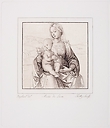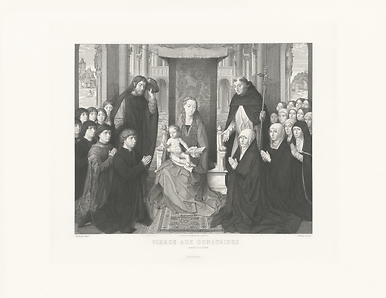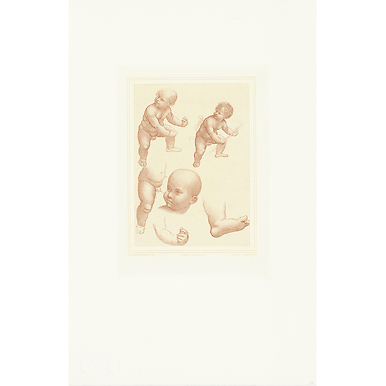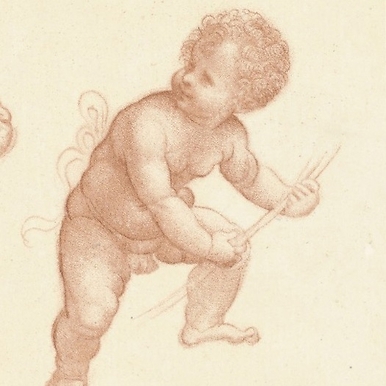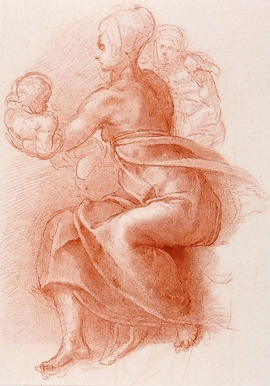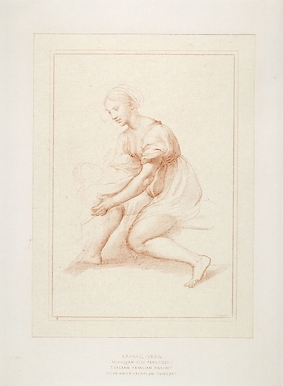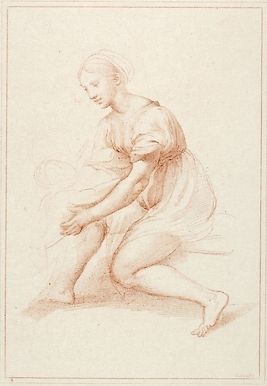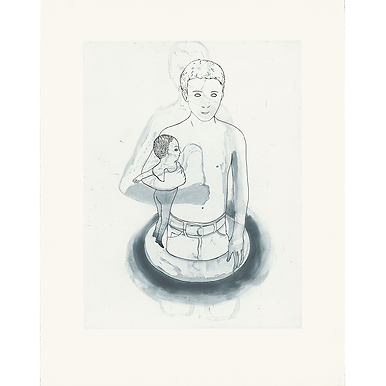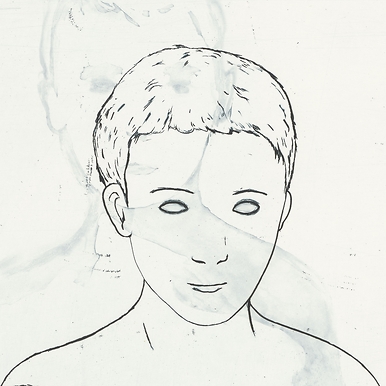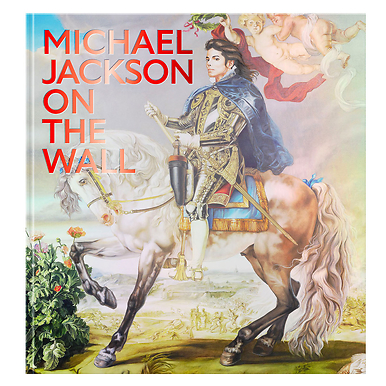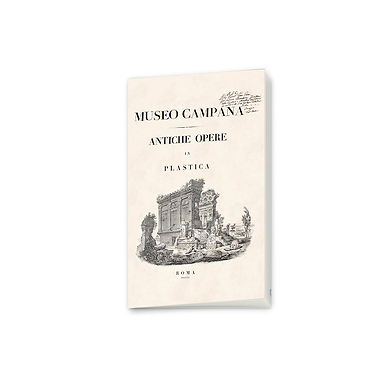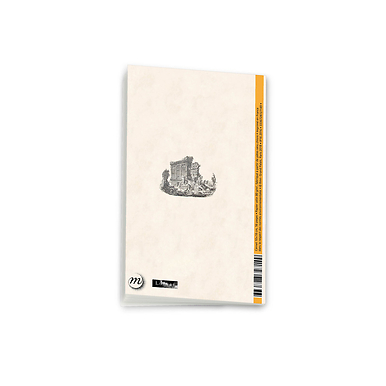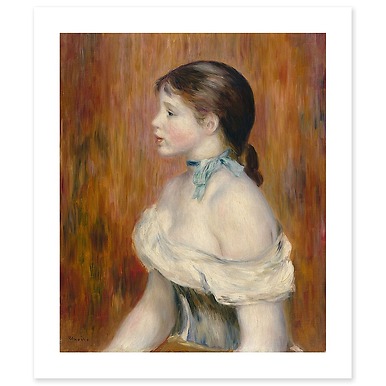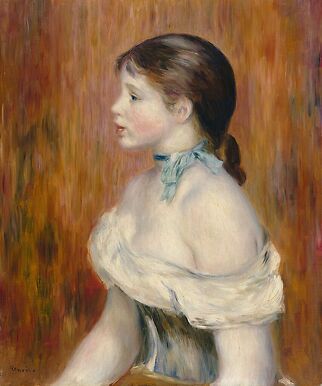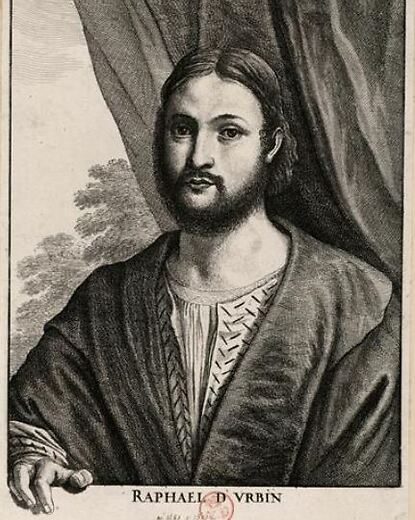Engraving Virgin and child, sitting, reading in a landscape - Raphael
KM000027
Read more
Sold by GrandPalaisRmn
Characteristics
- Delivery
- Order shipped directly from the Art Workshops within 3 weeks
- Maintenance
- Eviter toute source d'humidité et de lumière directe. Ne pas plier la feuille
- Printing Technique
- Burin
- Copper plate size
- 23 x 20 cm
- Artist
- Raffaello Sanzio, dit Raphaël (1483-1520)
- Art movements
- 16th century, 15th century
- Dimensions
- 28 x 38 cm
- Engraving date
- 18eme s.
- Size of the sheet
- 38 x 28 cm
- Museums
- Musée du Louvre, Grand Palais
- Themes
- Religions, Made in France
- Editor
- Ateliers d'art de la Rmn-GP
- Conservation museum
- Paris - Chalcographie du musée du Louvre
Our selection

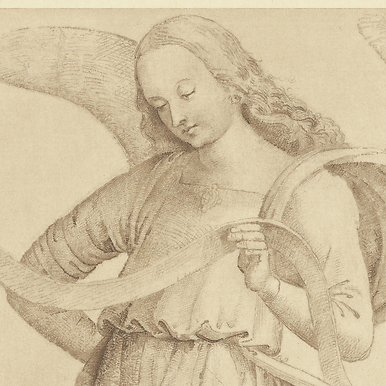
Drawings
Engraving Study of an angel standing upright - Pietro Perugino
KM000025
- Current price€ 180
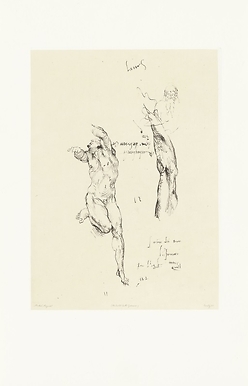

Drawings
Engraving Study of male nude and study of arm - Michelangelo
KM000018
- Current price€ 180
Recently viewed products
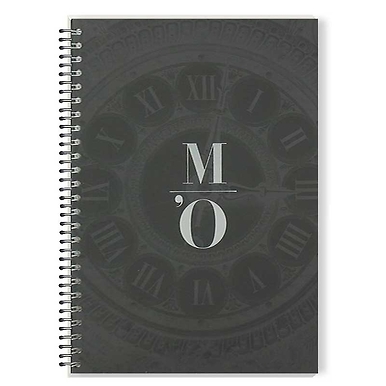
Notebooks
Spiral Notebook Musée d’Orsay - The Museum’s Clock
IP220006
- Current price€ 19.90

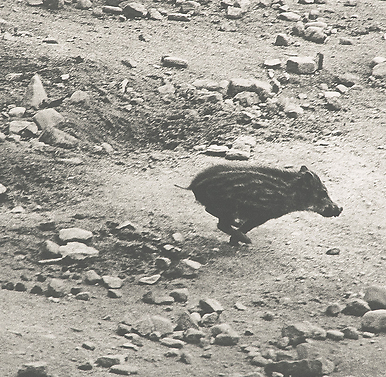
Contemporary engravings
Engraving Piglet - Sophie Ristelhueber
KM011190
- Current price€ 250
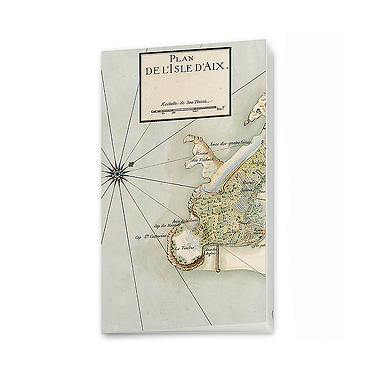
Notebooks
Small Notebook Map of the Isle of Aix, mid-18th century
IP161069
- Current price€ 6.50

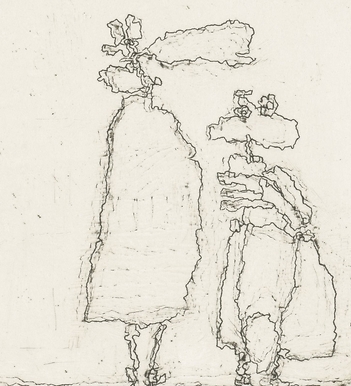
Contemporary engravings
Engraving The Exile... at last - Pierre Courtin
KM011039
- Current price€ 210

